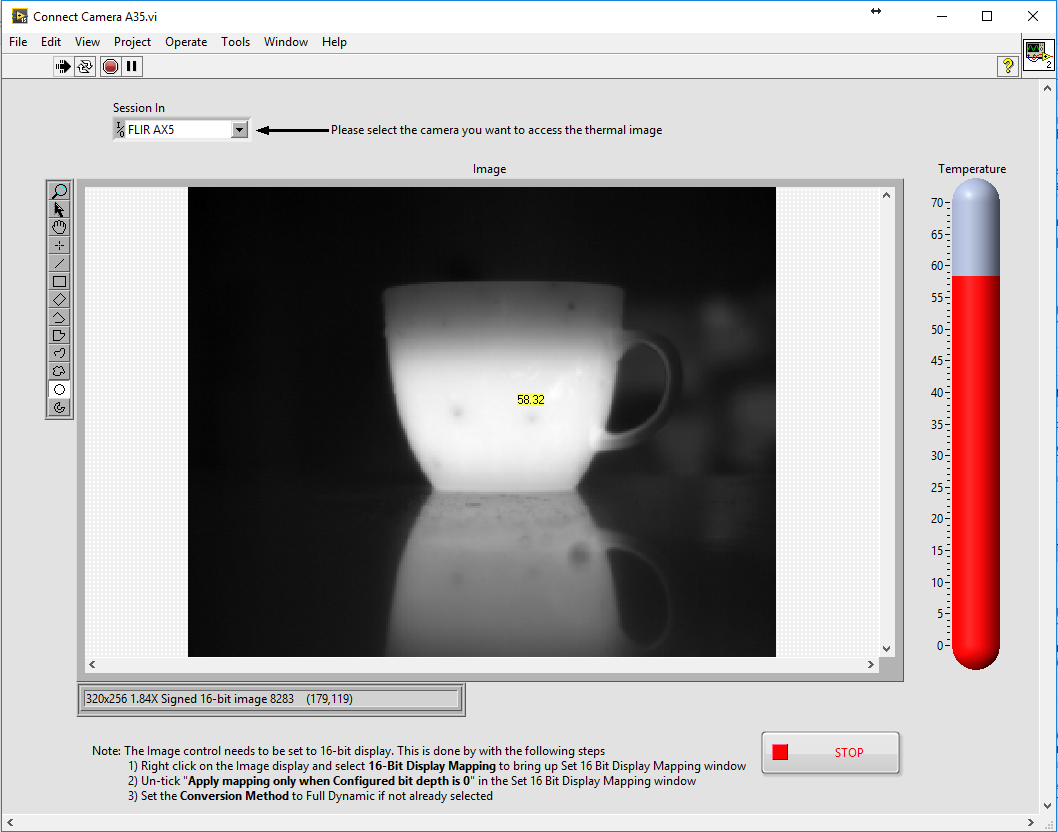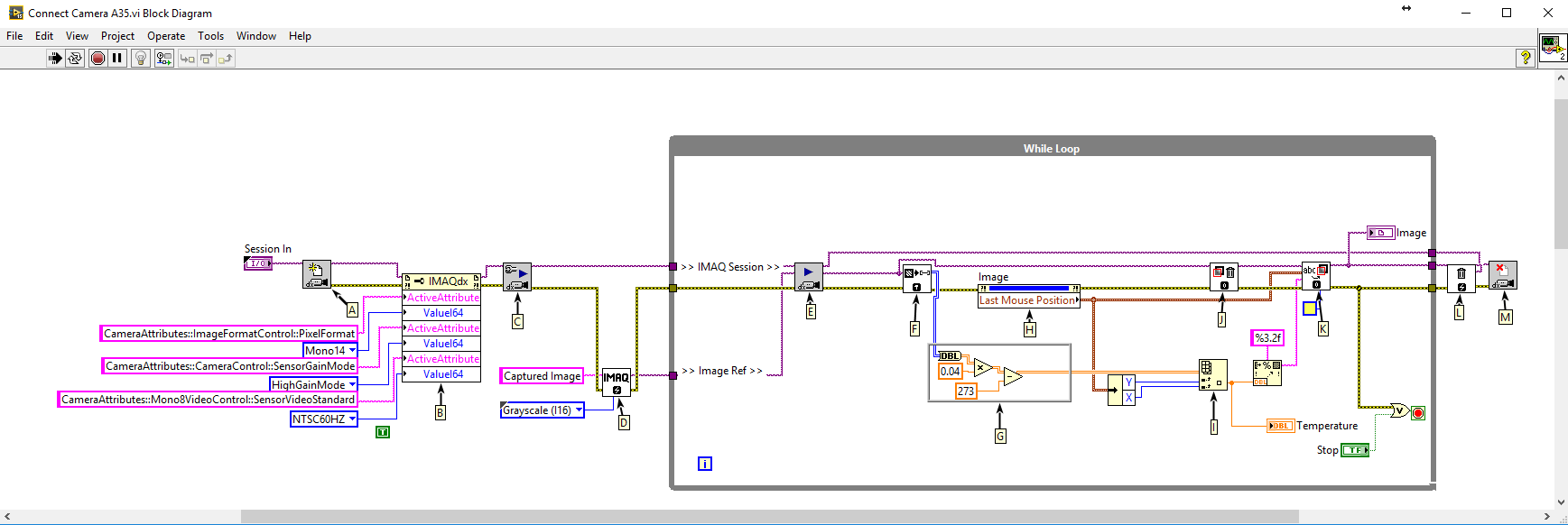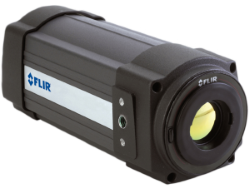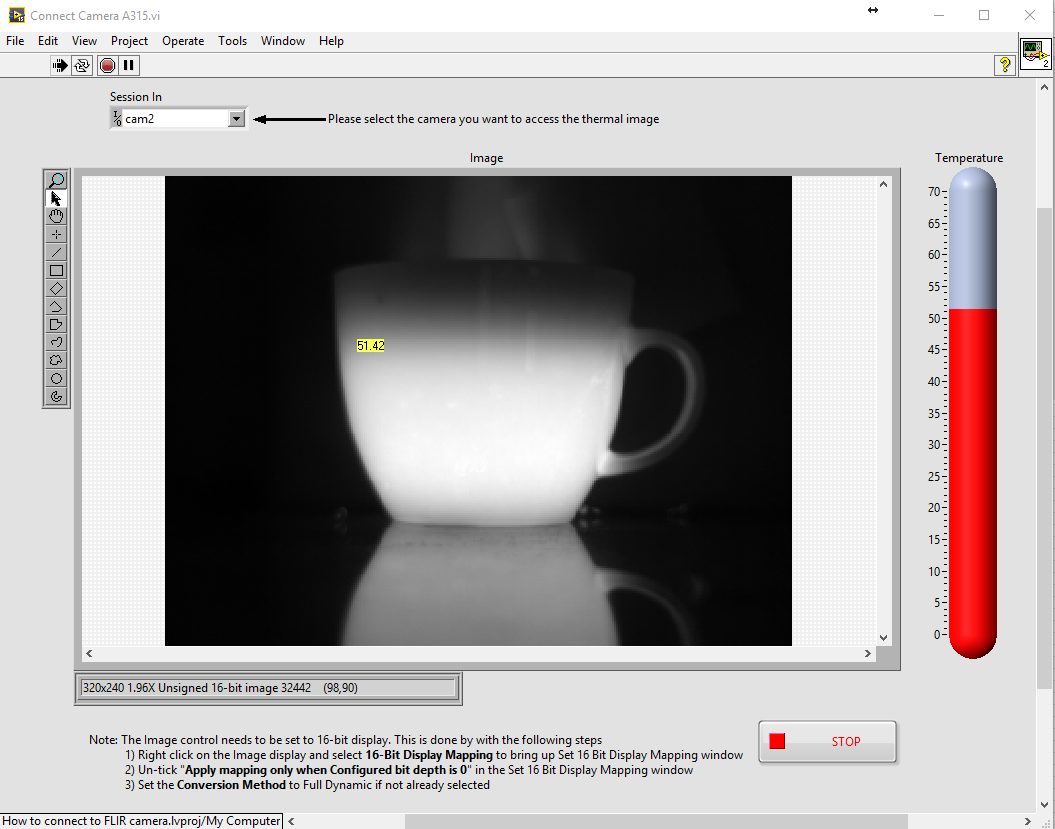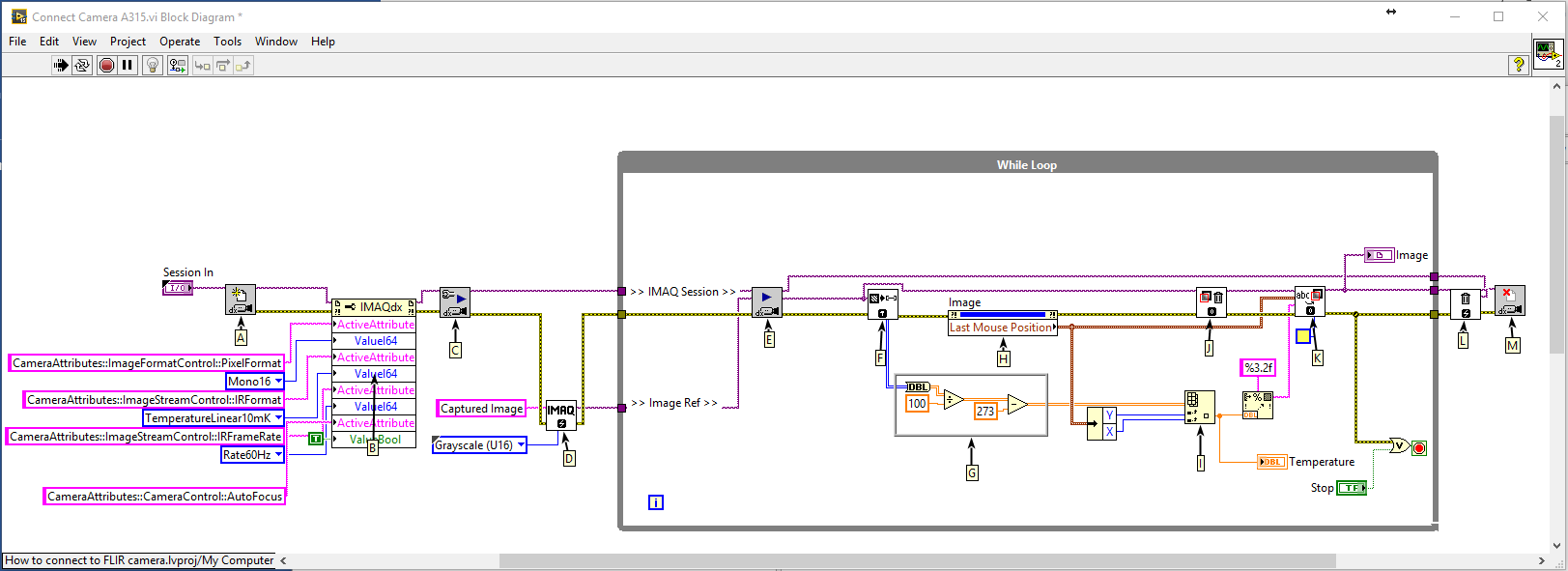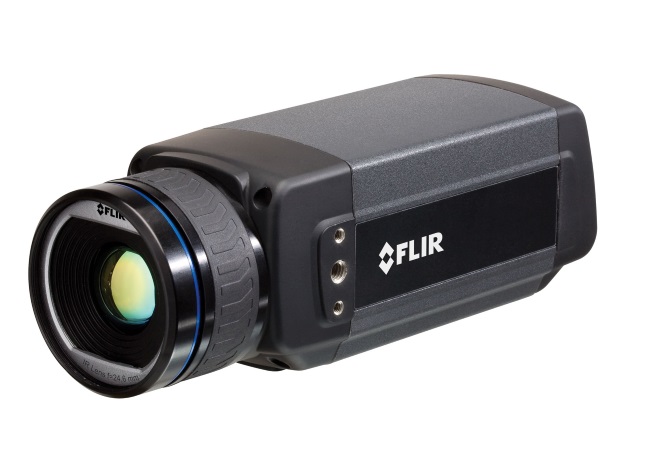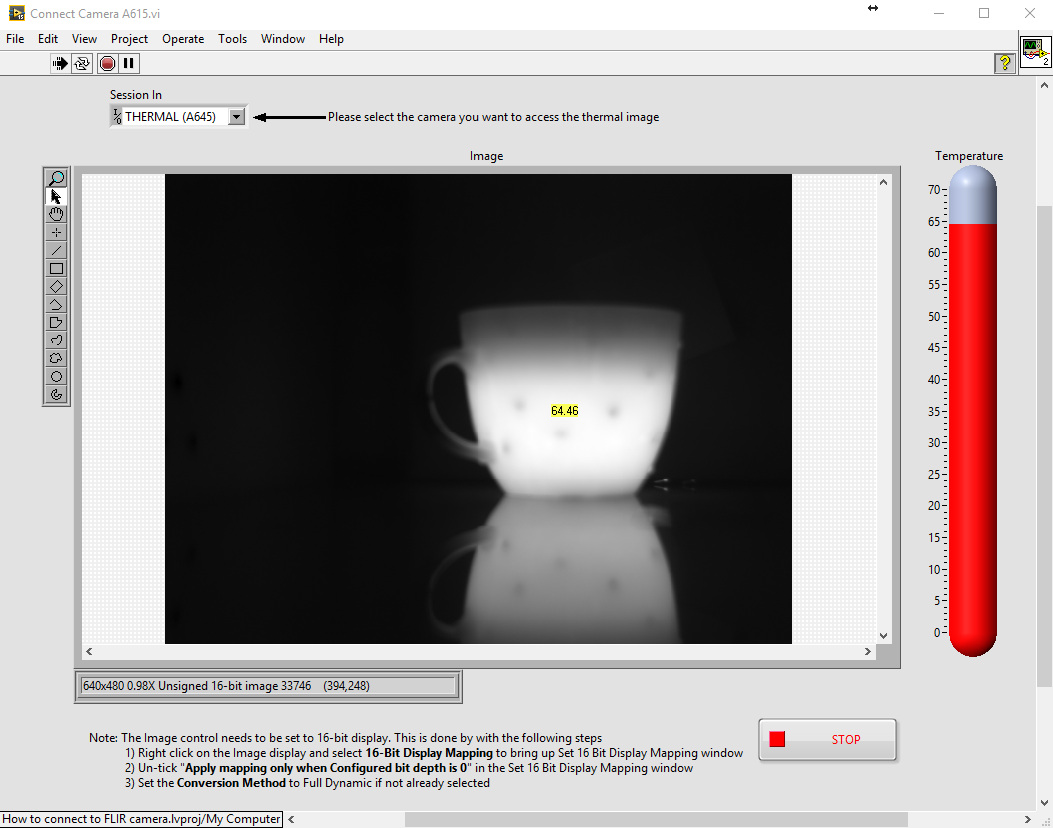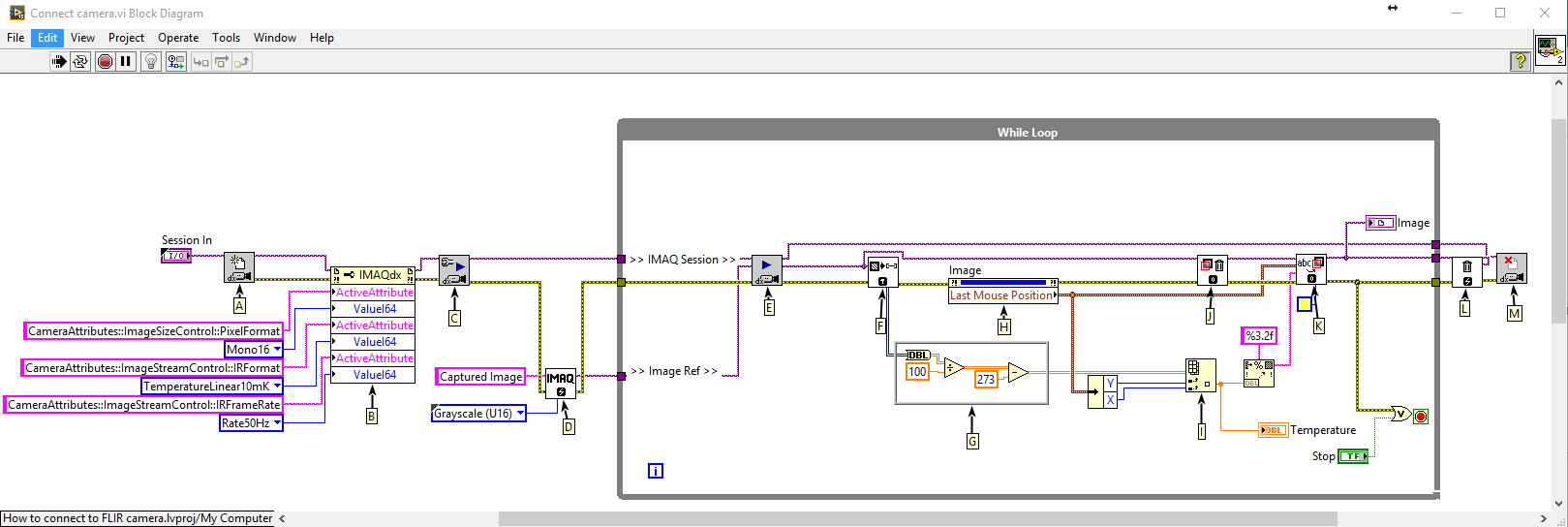How to set up the IP address on the MoviTHERM MIO
Set up the IP Address on the MoviTHERM MIO
This video shows you how to set the device IP address on your MoviTHERM MIO.
The MoviTHERM MIO Series – Intelligent I/O Module for FLIR® Cameras – supporting one of the following Camera models: FLIR AX8, FLIR FC Series R or FLIR A310
Remote Monitoring Applications Made Simple
More info about the MoviTHERM MIO Series Intelligent I/O Modules
Before we get started, there is one thing to keep in mind: If you change the MIO’s IP address, just remember that any cameras connected to your MIO network must be on the same subnet as the MIO. So, that means if you change the MIO subnet, you may also need to update the camera IP addresses accordingly.
Ok, let’s get started. First, we need to open a browser window and log into your MIO. So, let’s launch the Google Chrome browser, key in the default MIO IP address, which is 192.168.1.2, and then log in to the MIO. The default MIO password is “password” so let’s type that in and open the Device Settings page.
The Device IP Address field is located toward the bottom of the settings page, under the Network Configuration heading. Just key in the new IP address (and Subnet mask if necessary), then click, “Save Settings and Reboot”.
After the MIO reboots, we can log-in again to verify the change. And there it is!
That’s all you need to do to set the IP address on your MoviTHERM MIO!
Thanks for watching, and remember to view the other how-to videos in this series for additional tips on setting up your MIO system!


